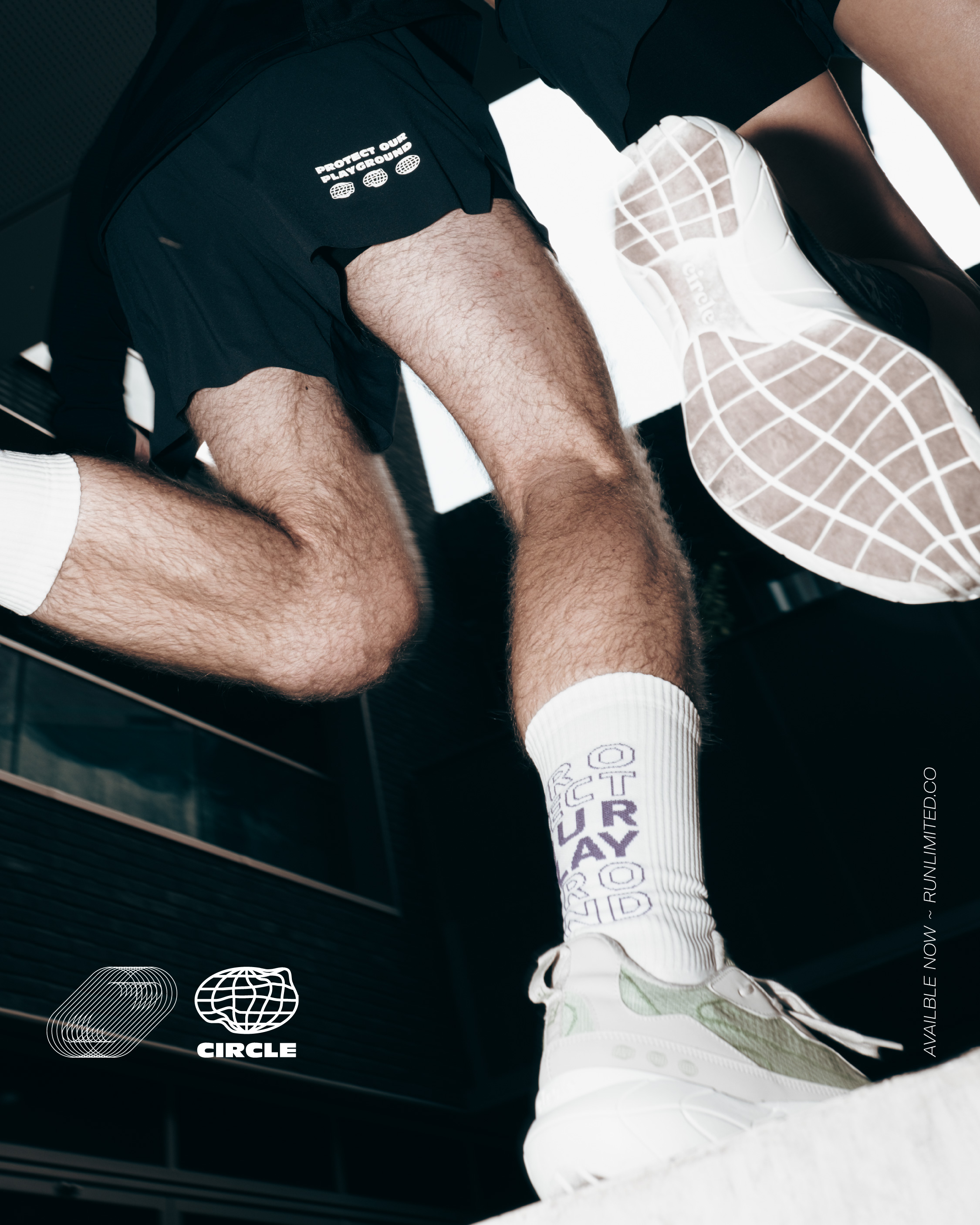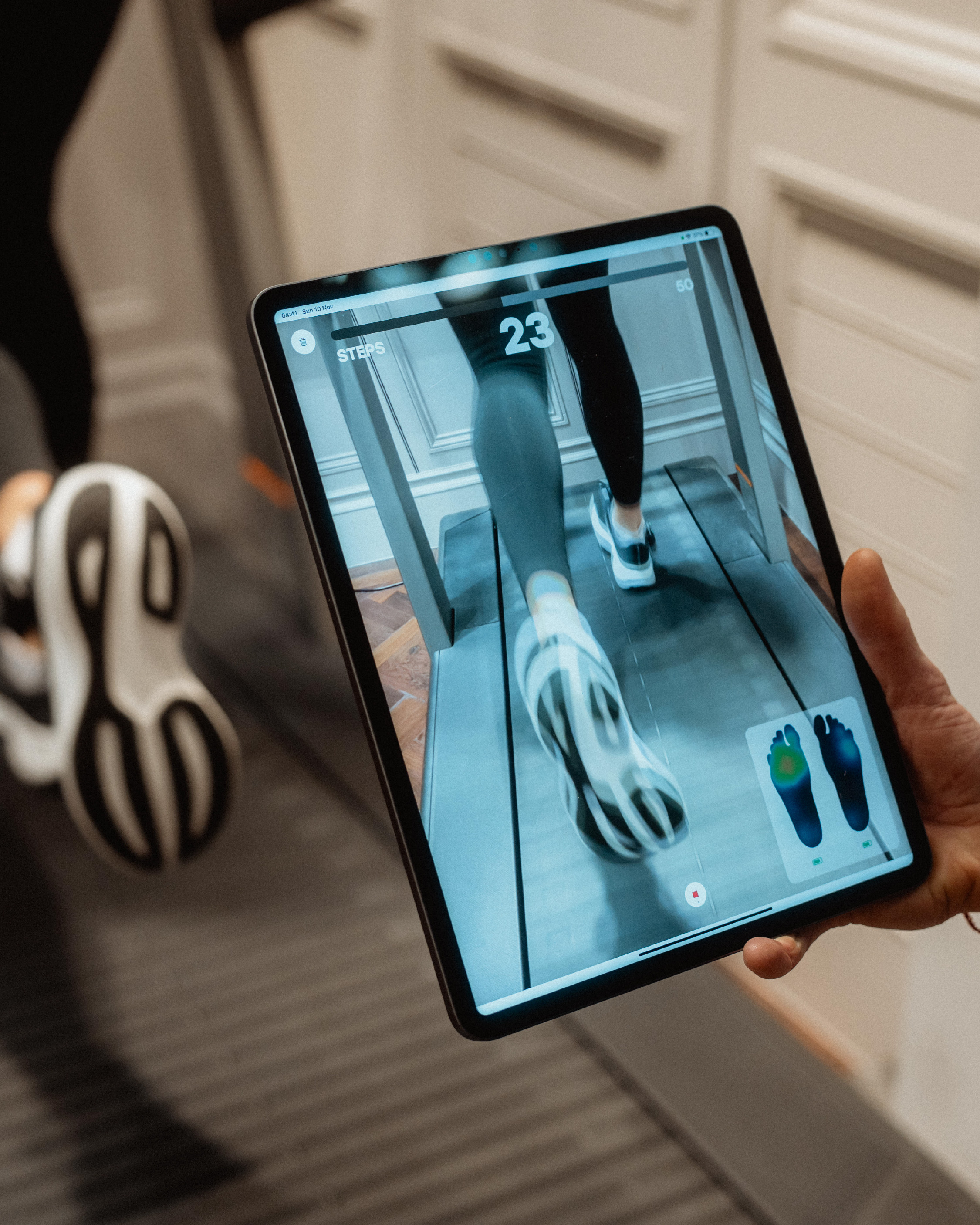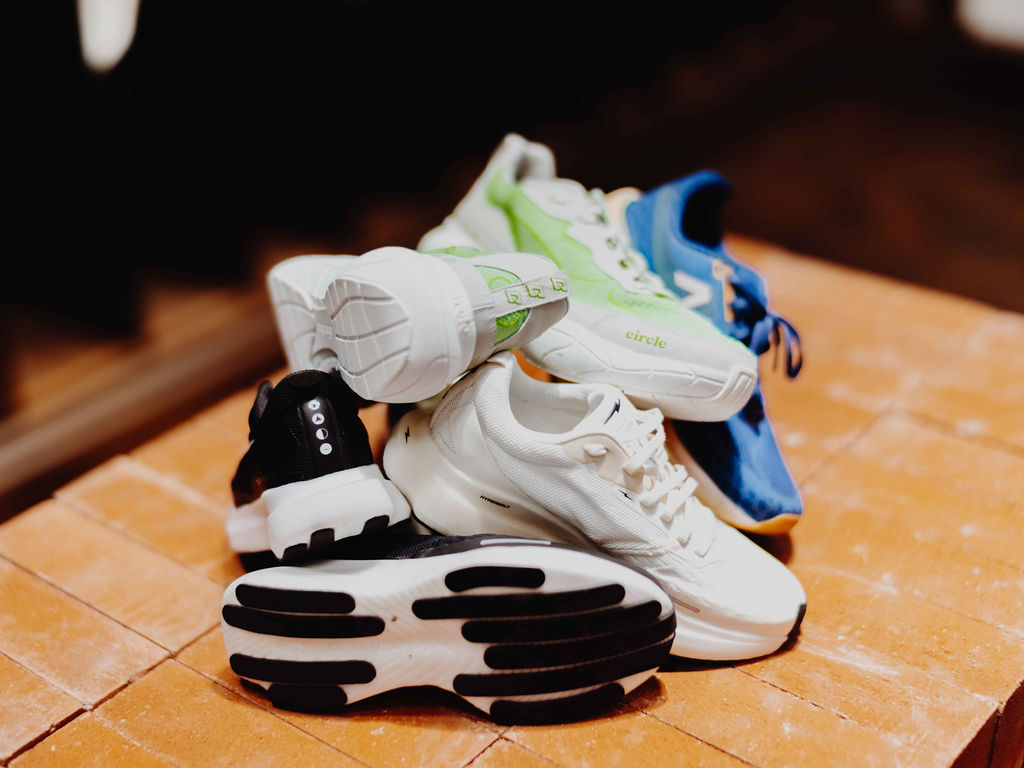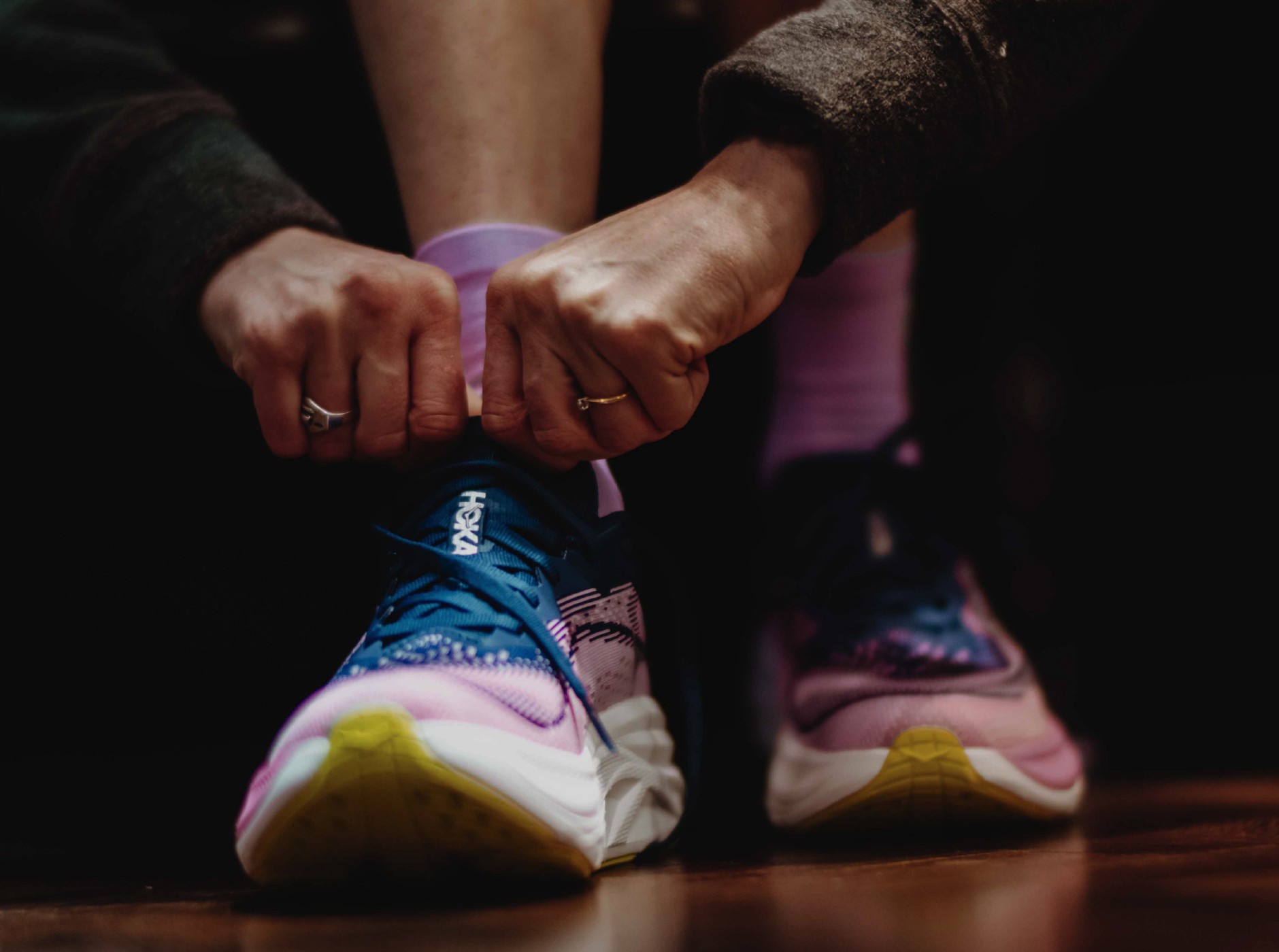Ah! The internet. A wonderful, rich source of information when used correctly. A pit of misinformation, bias and nonsense hype-trains when looking in the wrong places.
No exception is advice for running shoes. What works for someone may not work for someone else, meaning it is difficult to trust an opinion you see on a famous message-board that rhymes with edit or anywhere else. Similarly, conflicting opinions on 'the science' can murk the waters.
So, how do you see through it all? What can we do to discern what is right for us? Here's a simple guide to help clear up the process.

Do they fit?
You are Cinderella at the ball when it comes to running shoes. In our humble (yet informed) opinion, the question of fit rules all with your trainers. Too small and you could risk foot issues like cramping and bruised toes; calf, knee and shin pain; or simply damaging the shoes more quickly than designed. Too big and blisters, achilles and calf strains and more are all on the table.
As a simple fix, we -strongly- recommend allowing between a forefinger to thumbs' width between the end of your longest toe and the end of the shoe. For width, they should feel snug but not restrictive. Your glass slipper awaits.
Are they comfortable?
Alongside fit is comfort. If a shoe is not comfortable, why would you want to put it on and go for a run? You know what is comfortable to you. We can't measure that. We trust your judgement here.
Does it support my unique needs?
Like snowflakes, everyone is unique. No we don't mean 'snowflake' like that. Everyone has different needs and considerations for a shoe to support. Neutral vs. Stability, cushioning, drop, arch support are all considerations. Unsure? Book a gait analysis! But here's a TL;DR glossary:
Neutral shoes: Those that have no built-in support for pronation, allowing the foot and ankle to move without bias.
Stability shoes: Has support to gently guide the foot and prevent pronation (inward motion of the foot and ankle). Also, supports flatter feet.
Cushioning: The amount of protection underfoot. More cushion can mean less impact, but this one is often based in preference.
Drop: A.K.A. Offset, A.K.A. Heel-drop, A.K.A. Pitch. The difference between the height of the heel and toe in the shoe. Drop levels vary, but running shoes range from 0mm to 12mm. Low drop (<5mm): less impact on the knee, more use of the calf. High drop (>8mm): less use of the calf and achilles, more impact on the knee and quad.

Is it within my price range?
You know this one. What's the wallet saying? Running shoes are expensive, but the investment can be worth it.
Does it compliment my other shoes?
Running-shoe rotations are all the rage on the depths of running-shoe nerdery online. Do you need 5 shoes for every purpose and pace? No. But if you're buying another pair, it's worth considering how your new shoes compliment your current options. Doing some speed work? Nice to have a cushioned option for easy runs and a lighter shoe for your sessions. Need another everyday shoe? Try something with a slightly different feel for some variety. But don't let anyone ever tell you that you need a different shoe for every day of the week; if it feels good to you, it feels good.
---
Now here comes the shameless plug. If you need any help, stop in to the Shoe Room; we'll get you sorted and take the thinking out of it for you.





